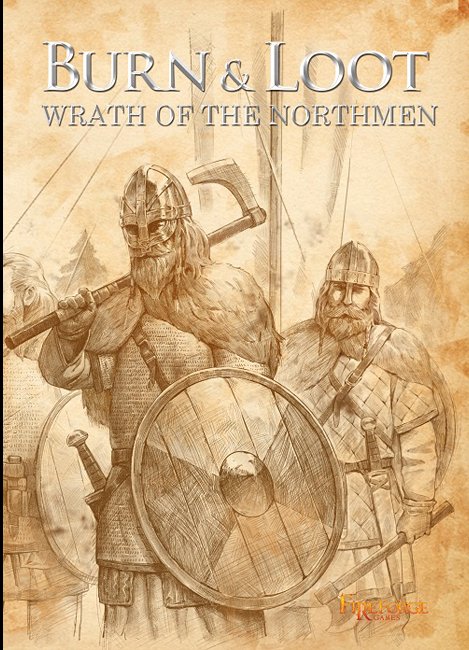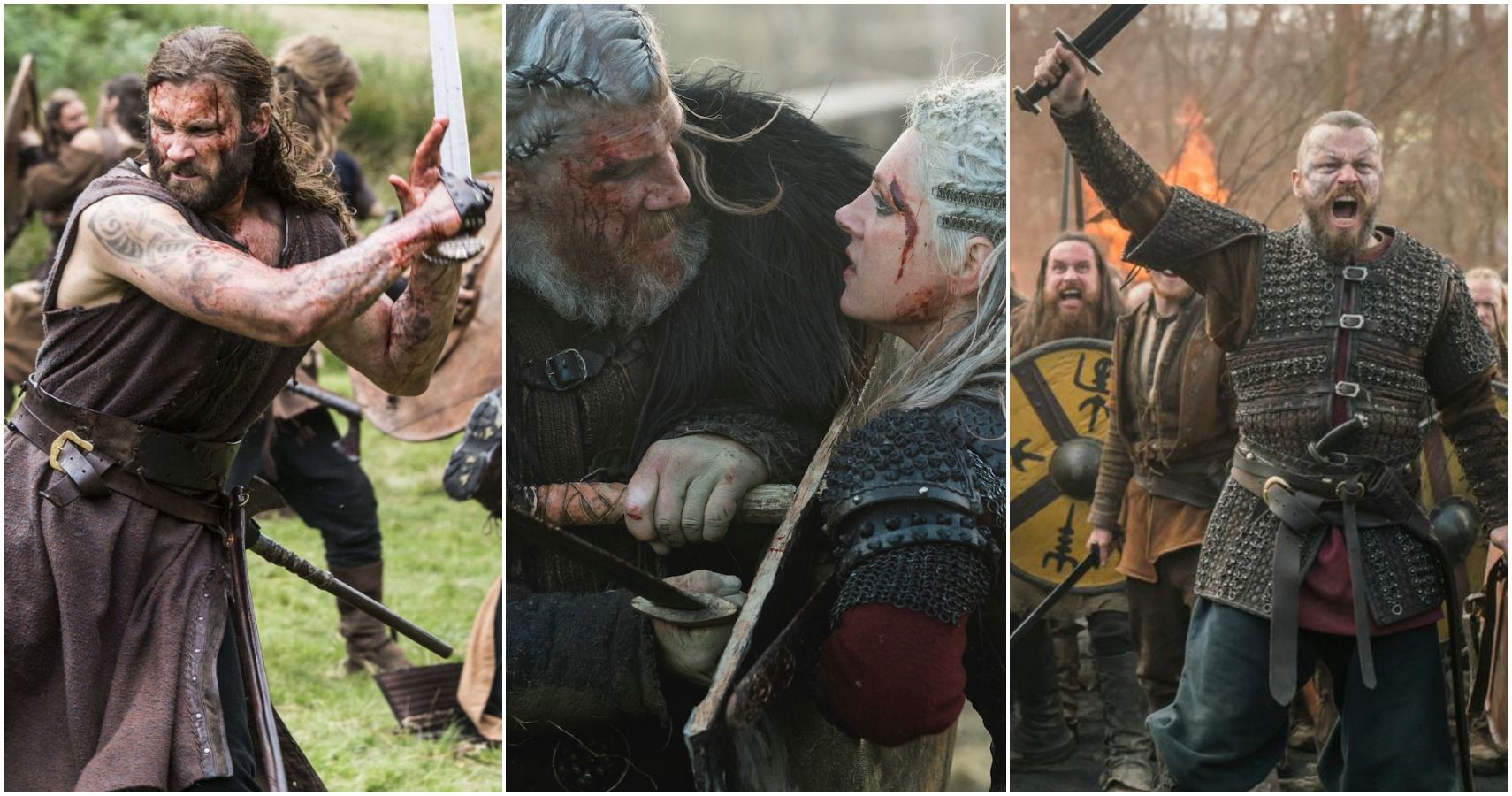

In 1102 he set out for Ireland at a time when Muirchertach Ua Briain, having consolidated his power in much of the south of Ireland, was in the process of trying to subdue Domnall Mac Lochlainn and the Cenél nEógain of mid-Ulster.

In 1098 Magnus captured Orkney, the Hebrides and the Isle of Man before returning to Norway. His campaigns in the West and death in Ireland have been discussed by Power (1986 1993 1994). His adventures were recorded by the Icelandic chronicler Snorri Sturlason (1179–1241) in the Heimskringla and several other sources.

Magnus III became king of Norway when his father died in 1090 and set about trying to regain lands around the Irish Sea and Scotland that had formerly been under the sway of Norway. MAGNUS BARELEGS IN IRELAND The mound is now regarded as being the burial place of Magnus Barelegs (Óláfsson), king of Norway, whom the annals record as having been killed by the Ulaid in 1103. By the time the map had been revised in 1859 a railway track had been built through the area and the enclosure was now labelled an ‘Intrenchment’ and a nearby mound was named as Magnus’ Grave (Fig 3). A small sub-rectangular enclosure is shown on the western side of Horse Island on the 1838 map but is not 102 marked as an antiquity. In 1755 the island was located next to the land and would have been accessible on foot at low tide. A map of the area of 1755 (Fig 2) shows that this was formerly an island, latterly known as Horse Island, at the edge of a tidal inlet of Strangford Lough. To the south-west of this a large peninsula juts out into the marsh (Fig 1). INTRODUCTION The first Ordnance Survey 6” map of Downpatrick, Co Down (1834), shows a large area of marshland lying to the south of the cathedral, the site of the early monastery of Downpatrick and traditional burial place of St Patrick. The evidence for the identification is reviewed. Documentary sources indicate that this happened somewhere near Downpatrick and a mound near the former shore of Horse Island is traditionally identified as his grave. Ulster Journal of Archaeology, THE GRAVE OF MAGNUS BARELEGS FINBAR McCORMICK School of Geography, Archaeology and Palaeoecology, Queen’s University Belfast Magnus Barelegs, king of Norway, was killed by the Ulaid in 1103 as he began his journey home after a military campaign in Ireland.


 0 kommentar(er)
0 kommentar(er)
